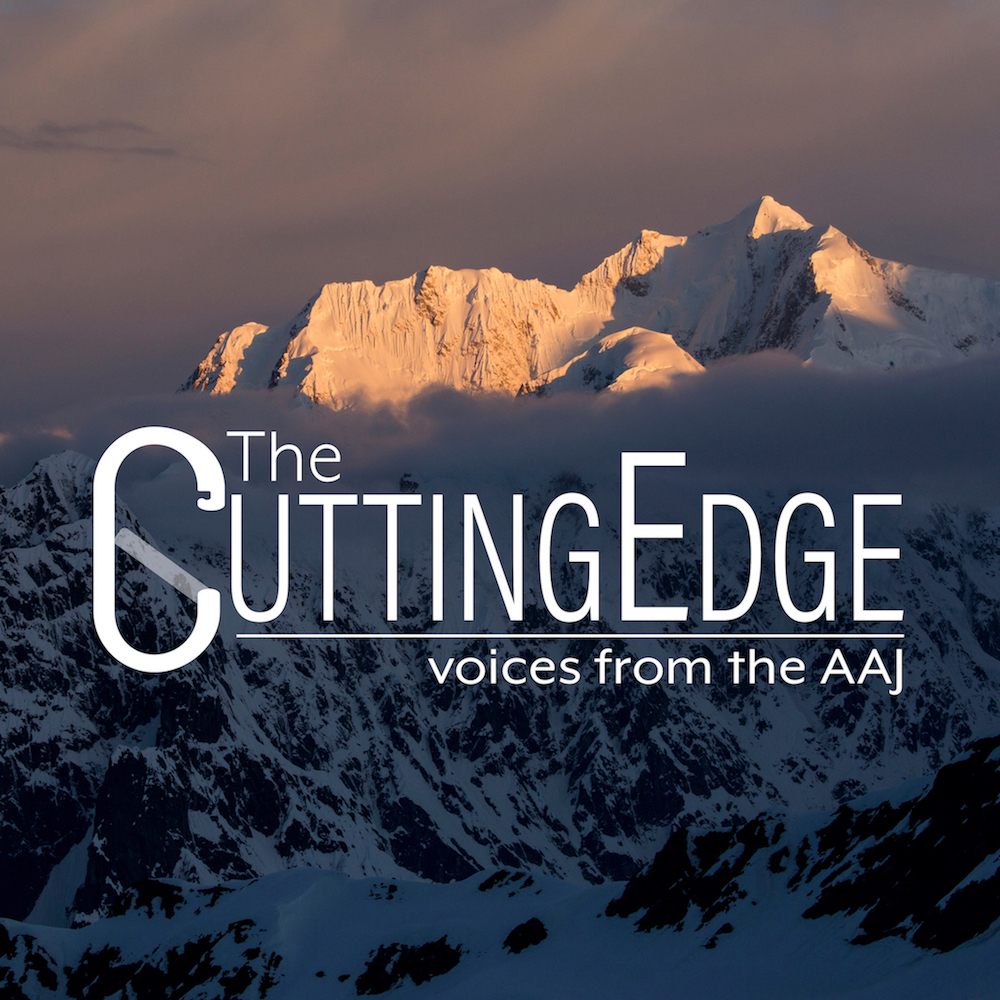Mantok I, Small Talk Couloir; Mt. Charles, First Ascent, via Northeast Side
Alaska, Alaska Range, Yentna Glacier

The little-visited Yentna Glacier, west of the Kahiltna Glacier system, is sandwiched between the southwestern buttress of Mt. Foraker and the northeast side of Mt. Russell. The Denali wilderness boundary horizontally transects the Yentna, so planes can’t land on its northernmost few miles. Accessing the peaks in this area requires a three-to four-mile approach on skis—hence why it is rarely visited!
The Yentna’s pioneers were folks like Thomas Bubendorfer, who made a solo first ascent of Mt. Laurens in 1997, which he named after his son. In 2007, Peter Doucette, Ben Gilmore, and Freddie Wilkinson made an important first ascent of the Fin Wall (3,800', AK Grade 6, NEI 5+)—turning around 400’ shy of a 13,300' summit on Foraker’s southwest ridge—along with the first ascents of ca 8,900-foot Rogue Peak, via the northeast face (3,500', M5), and ca 9,300-foot Mantok 1, via the All Talk Couloir (3,500', M5). Wilkinson and Gilmore returned with Maxime Turgeon a year later to complete the first ascent of an 11,044’ peak they dubbed Bat’s Ears.
In 2023, Fred Caloggero and I blocked out two possible windows to visit the Yentna, but the weather didn’t cooperate. We never left Talkeetna.
A year passed in a blur, and soon it was spring 2024. After I finished guiding a ski expedition, Fred and I met in Anchorage, and on April 24 we flew into the Yentna. After sledding our kit northeast up the glacier to what seemed like a safe spot, we established base camp. First up, we decided to explore Mantok I. In 2007, Peter Doucette, Ben Gilmore, and Freddie Wilkinson made the first ascent of Mantok I (ca 9,300’), via the All Talk Couloir (3,500’, M5) on the east face. We had spotted a potential new line starting up an obvious couloir a bit farther left on the face.
The following morning, around 8 a.m., Fred and I set out on skis to reach the base of our couloir. We began the climb unroped, mostly on snow, but tied in as the angle steepened and presented several steps of ice. Relentless winds greeted us on the crest of the southwest ridge; thankfully, a rock cave provided shelter for a short break. After a steep pitch of loose rock that hindered our progress, we found better stone leading to the corniced knife-edge guarding the true summit. We arrived at the top about eight hours after leaving camp. Fred and I descended the climb via several rappels and much downclimbing. We called our route the Small Talk Couloir (3,500’, M4 70° snow/ice).
Snow fell most of the next day, and that afternoon we kicked back in the safety of our camp and watched humongous avalanches cascade off of nearby peaks.

On April 27, we turned our attention to an unclimbed 10,020’ peak that overlooks the Yentna from the east. The northwest face, directly above the glacier, is littered with hanging seracs and bordered by a labyrinth of crevasses. In 2010, Joey McBrayer and Chris Wright climbed a 3,000’ weakness on the left side of this face, grading it AI4+ M5; weather forced them back before the top (see AAJ 2011).
Fred and I opted for a couloir on the northwest side that looked like it would lead us onto the peak’s northeast aspect. After climbing moderate snow and ice up the couloir to reach the northeast side, we transitioned to skis and skinned through a Seussian land of crevasses and serac debris. A couple of hours later, at around 9,300’, we basked in our first sunlight of the day. Soon, we had dispatched the final terrain to the summit with simul-climbing and one belayed pitch through steep rime ice. We skied down much of our line of ascent, with a number of rappels mixed in.
We named the peak Mt. Charles as a tribute to my father and Fred’s grandfather. We named our route Spectre (4,000’, 80° snow/ice), inspired by the Brocken spectre we saw at the top and by the summit cornice, which resembled a large ghost from the glacier below.
— Joseph Hobby










